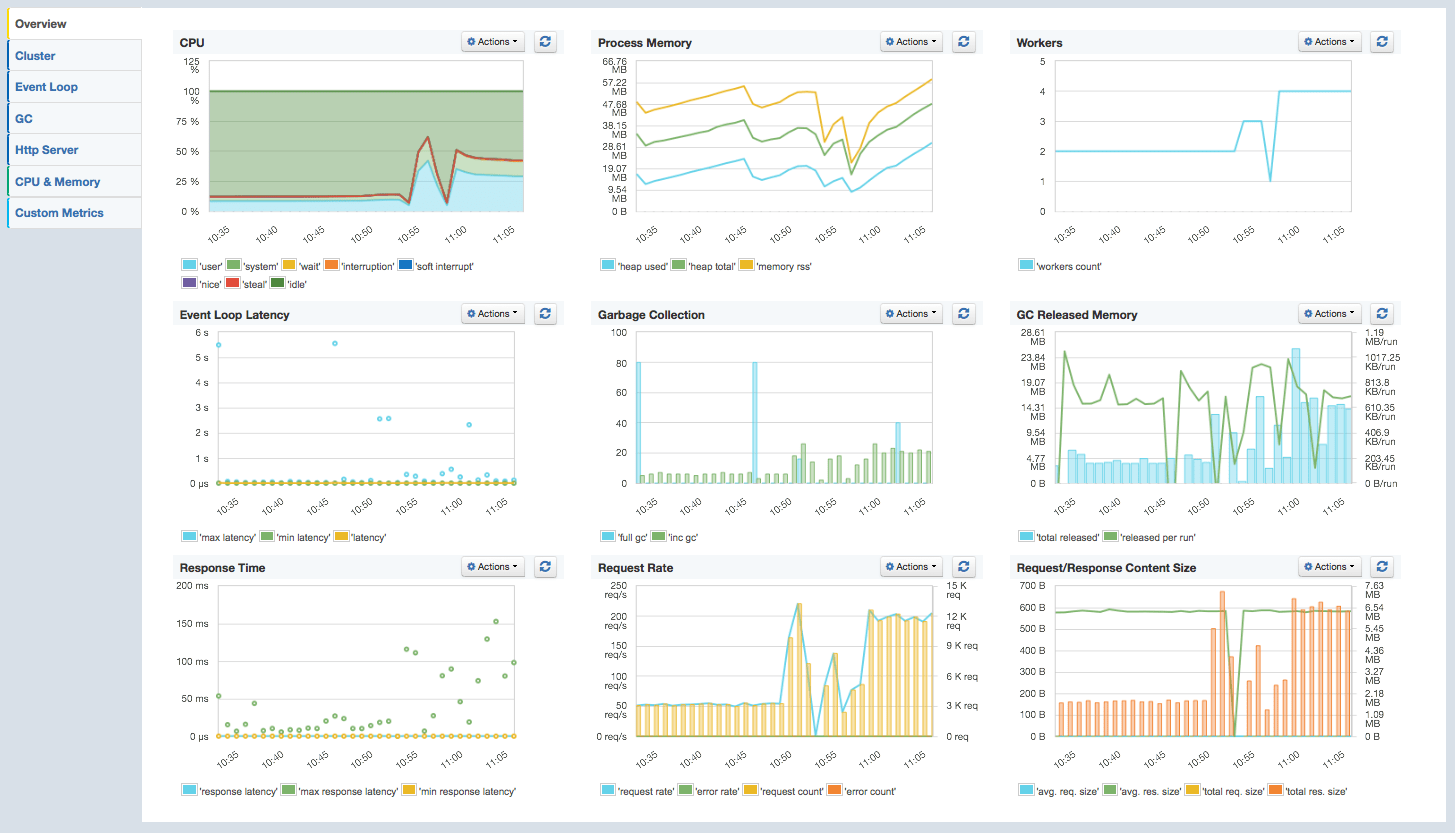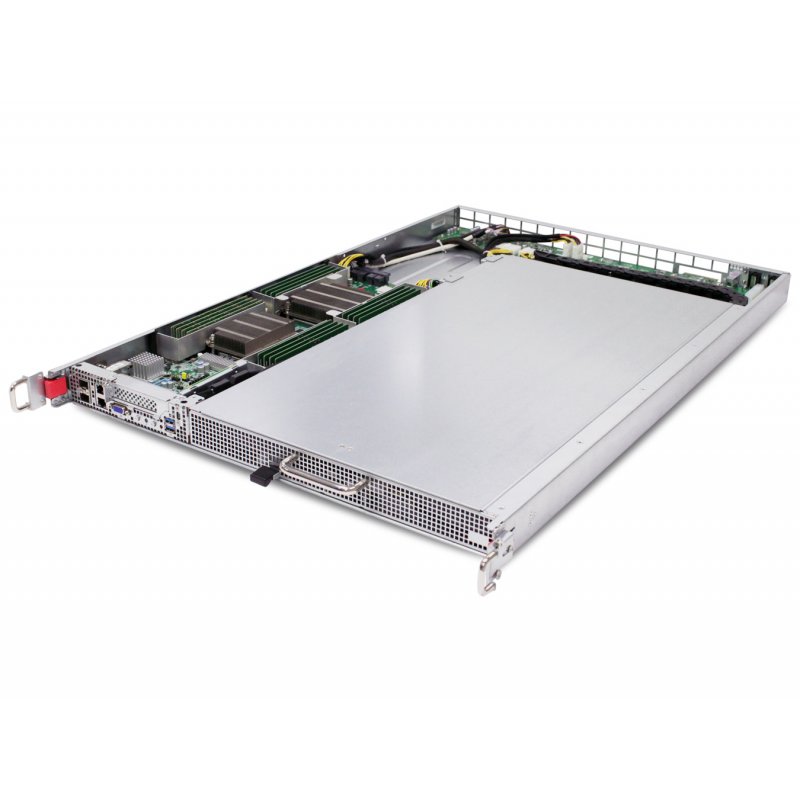

A complete snapshot of the transactions will be sent. /arh/trace - Carries traces of all transactions that consumed more response time than the configured threshold level./arh/data - Carries metric data from all transactions performed on the server, with a maximum size of 100KB.The agent will send two requests per minute to Site24x7 servers. The agent sends performance metrics to the Site24x7's server () every minute. node-memwatch is here to help you detect and find memory leaks in Node.JS code. The communication between the APM Insight agent and Site24x7 servers is one-way HTTPS. node-memwatch: Leak Detection and Heap Diffing for Node.JS. When the application was running at 600 transactions per minute, the agent consumed an average of 0.2% of total memory usage. When the application was running at 300 transactions per minute, the agent consumed an average of 0.1% of total memory usage.Ħ00 transactions per minute: Memory usage 300 transactions per minute: Memory usage The data shown below is a compilation of data from applications that ran parallel with and without the agent. Therefore, lowering the sampling factor or transaction trace threshold results in increased RAM usage. If you want to go with native nodejs solution you can use moryUsage() function. It's important to note that memory consumption is directly proportional to the amount of data collected in a minute. When the application was running at 600 transactions per minute, the agent consumed an average of 2.76% of total CPU usage.īy default, the APM Insight Node.js agent collects performance data and pushes it to its own service every minute, so the footprint on user memory is minimal and only transient. When the application was running at 300 transactions per minute, the agent consumed an average of 1.8% of total CPU usage. The data shown below is a compilation of data from applications that ran parallel with and without the APM Insight Node.js agent. The CPU consumption by the APM Insight Node.js agent depends mainly on the number of methods instrumented. The average time difference observed while running applications with and without the APM Insight Node.js agent is approximately 3%. The timeline chart below explains the historical trend:Ħ00 transactions per minute: Response time summary The average time difference observed while running applications with and without the APM Insight Node.js agent is approximately 1.40%. 300 transactions per minute: Response time summary The data was collected over a period of two hours, and the results are summarized below. The performance report assists you in optimizing the APM Insight Node.js agent and improving the overall performance of your application.įour sample Node.js application instances were run with and without the APM Insight Node.js agent at 300 and 600 transactions per minute, respectively. See Exponential distribution if you are interested in the math behind the function.APM Insight Node.js agent performance report The measurementInterval() function computes a random interval in milliseconds such that on average there is one measurement every five minutes.

SetTimeout (performMeasurement, interval )
NODE MEMORY MONITOR CODE
In some cases an estimate of the required memory can be obtained by running the code on a laptop or workstation and. For CPU time and memory, CPUTime and MaxRSS are probably what youre looking. The details of each field are described in the Job Account Fields section of the man page. youll get a printout of the different fields that can be used for the -format switch. NOTE: While the Prometheus Node Exporter is for nix systems, there is the Windows. Checking the Memory Usage of a Running Job. For sacct the -format switch is the other key element. Start up a Prometheus instance on localhost thats configured to scrape metrics from the running Node Exporter. The Prometheus Node Exporter exposes a wide variety of hardware- and kernel-related metrics. The difference between these two notions leads to memory leaks as illustrated by the following example. Monitoring Linux host metrics with the Node Exporter. If the web page cannot reach an object via its variables and the fields of other reachable objects, then the browser can safely reclaim the object. Therefore browsers approximate the notion of "an object is needed" with the notion of "an object is reachable".

The detection is not perfect though, and it was proven that perfect detection is an impossible task.
NODE MEMORY MONITOR FREE
Since memory is a finite resource, the browser performs garbage collection to detect when an object is no longer needed and to free the underlying memory chunk. Whenever a web page creates an object, the browser allocates a chunk of memory "under the hood" to store the object.


 0 kommentar(er)
0 kommentar(er)
